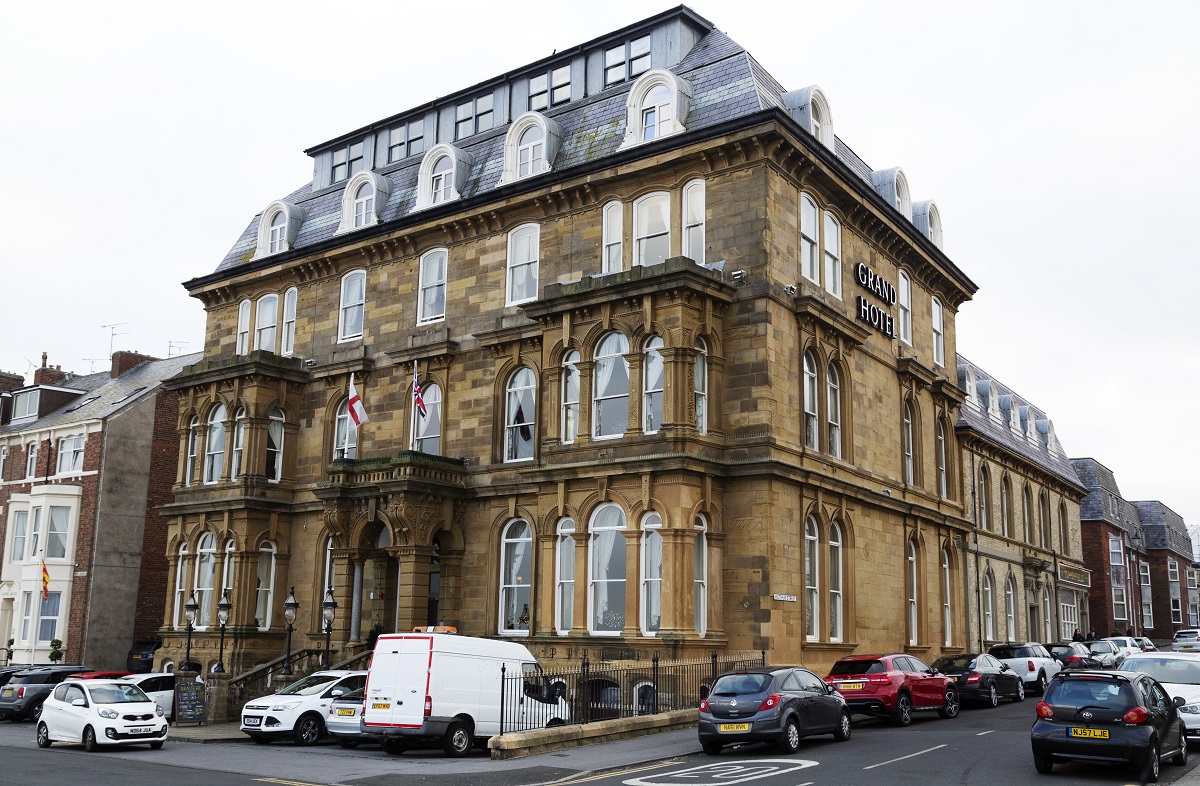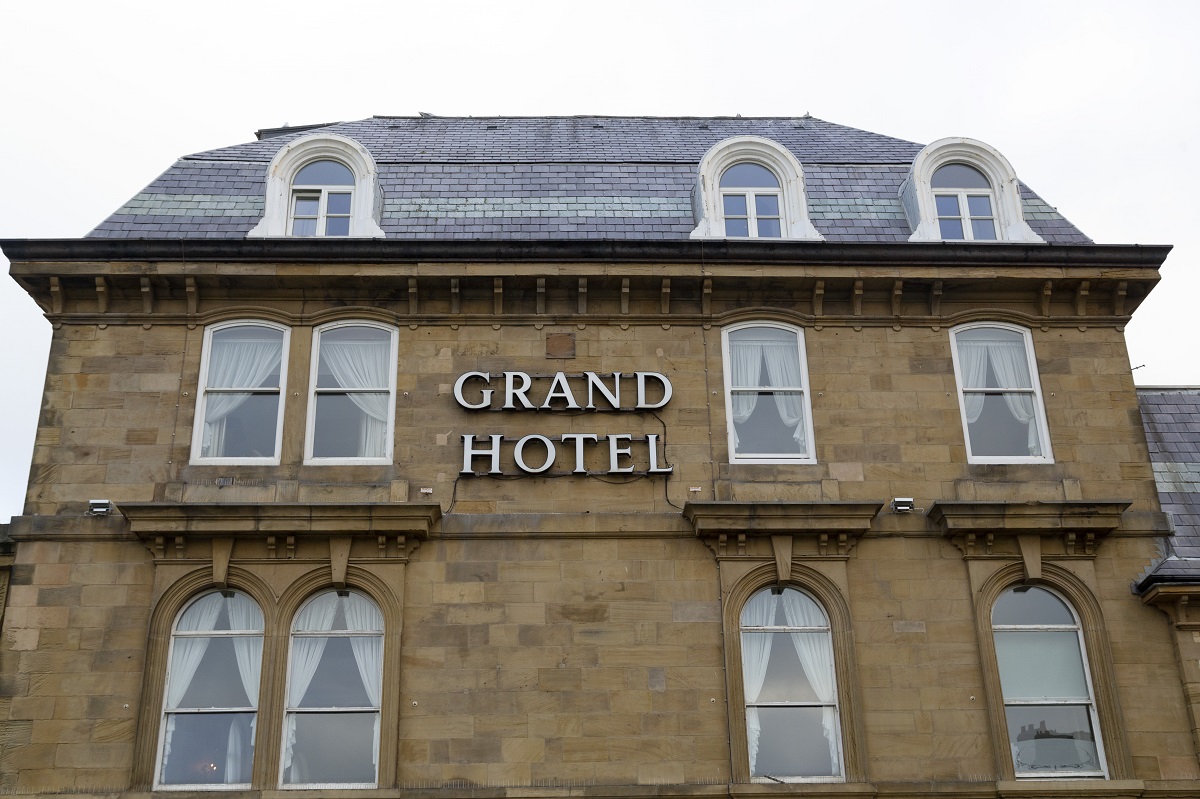
How do you like the idea of a taking a virtual tour of the hotel that you’re considering booking? Thanks to technology that’s now readily available, hotel operators can place tours of properties on their websites, enabling virtual walkthroughs.
A virtual tour provides potential clients with reassurance of how a property looks. It may be the difference between somebody simply looking at a hotel and booking a room.
A way of seeing all?
“This is a great way of showing that you’ve got nothing to hide and guests can book with confidence,” says Justin Edlagan, the Creative Director of NewGen Creative Limited, a business based in Gateshead.
A walkthrough allows potential guests to view the interior of a hotel from multiple angles. In comparison, photos posted to websites can be carefully curated, showing rooms from carefully selected, optimal angles.
Justin says that early in 2018 just two companies based north of Nottingham were creating virtual tours for the hospitality industry. That number has now surpassed ten. In a saturated marketplace photographers and videographers are having to develop new skillsets.
“There are many skilled videographers based in the north-east of England who can create advertising content for businesses. A way for us to expand what we do was to explore 3D photography, 3D video and virtual reality,” explains Justin, who completed an apprenticeship in filmmaking before setting up a business making promotional videos.
Used by hotels and cruise companies His company has created virtual tours of hotels such as Motel One Newcastle, a budget design hotel in the heart of the city, and the Grand Hotel Tynemouth, a seafront property built as the summer residence of the Duchess of Northumberland in the early 1870s. Four months after the Grand Hotel’s virtual tour was created, it had been viewed 20,000 times, drawing a weekly average of 1,000 visits.

The cruise industry has been an early adopter of virtual tours. The Aurora, operated by P&O Cruises, and Viking Ocean Star, operated by Viking Ocean Cruises, are just two of the many ships that people can look around before every stepping aboard.
Employed in other sectors
Justin explains that it’s possible to create virtual tours of bars and restaurants far more quickly than hotels. “If it’s an empty room, depending on the size, it can take 10 minutes or an hour. But the last thing we want to do with our hotel clients is affect their business. They’re rarely ever closed. So while we’re scanning we try to work around their footfall. A bar or reception might take just a day, but if we have to work around their footfall it might take two, three or even five days in some cases,” he says.
The hospitality sector and travel industry are not the only branches of the economy making use of the technology. “One of our targets is the real estate industry, which has been selling houses using photos and videos, so it’s changing that idea,” says Justin.
Over time, the application of virtual tours looks likely to expand within the travel industry.
“It’s educating the industry that this is the way forward, selling rooms and space. Once they see it, they like it,” says Justin, who predicts that the technology will also be used for immersive storytelling.

